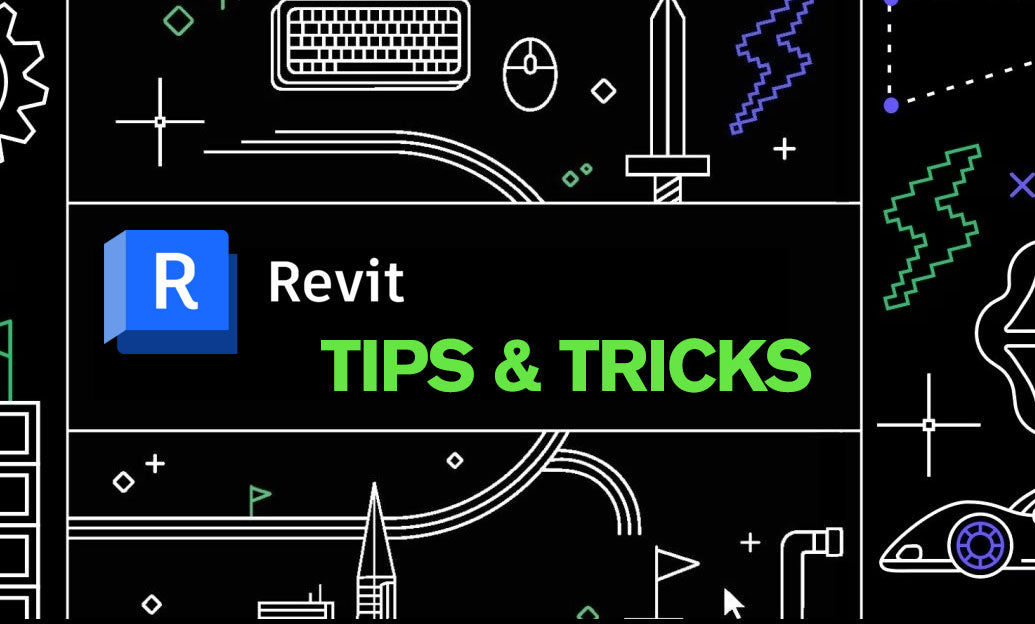Your Cart is Empty
Customer Testimonials
-
"Great customer service. The folks at Novedge were super helpful in navigating a somewhat complicated order including software upgrades and serial numbers in various stages of inactivity. They were friendly and helpful throughout the process.."
Ruben Ruckmark
"Quick & very helpful. We have been using Novedge for years and are very happy with their quick service when we need to make a purchase and excellent support resolving any issues."
Will Woodson
"Scott is the best. He reminds me about subscriptions dates, guides me in the correct direction for updates. He always responds promptly to me. He is literally the reason I continue to work with Novedge and will do so in the future."
Edward Mchugh
"Calvin Lok is “the man”. After my purchase of Sketchup 2021, he called me and provided step-by-step instructions to ease me through difficulties I was having with the setup of my new software."
Mike Borzage
Cinema 4D Tip: Leveraging Xpresso for Enhanced Automation in Cinema 4D Projects
May 14, 2025 2 min read

Maximize efficiency in your Cinema 4D projects by harnessing the power of Xpresso for automation. Xpresso is a versatile node-based system that enables artists to create custom expressions and automate repetitive tasks without needing any programming or scripting expertise.
-
Understanding Xpresso Basics
- Xpresso allows you to visually connect various parameters of objects, materials, and scene elements using nodes.
- To access Xpresso, right-click on an object and select Create Xpresso Tag. This will open the Xpresso Editor, where you can begin building your node network.
- Familiarize yourself with the Xpresso interface, including the node palette and the workspace, to navigate and organize your setups efficiently.
-
Creating Dynamic Relationships
- One of the key uses of Xpresso is to create dynamic relationships between objects.
- For example, you can link the scale of one object to the position of another, ensuring they interact seamlessly.
- By connecting parameters, any change in one object can automatically influence another, reducing the need for manual adjustments.
- This is particularly useful in complex animations where multiple elements need to remain synchronized.
- One of the key uses of Xpresso is to create dynamic relationships between objects.
-
Utilizing Math and Function Nodes
- Xpresso includes a range of Math nodes that allow you to perform calculations and create more sophisticated relationships.
- Use the Math Add node to combine values from different parameters.
- Apply the Range Mapper node to remap values from one range to another, ideal for creating proportional relationships.
- Function nodes, like Sin and Cos, can help you generate oscillating movements, adding natural motion to your animations.
- Xpresso includes a range of Math nodes that allow you to perform calculations and create more sophisticated relationships.
-
Automating Processes with Iterators and Conditionals
- Iterator nodes, such as the Hierarchy Iterator, enable you to automate actions over multiple objects within a hierarchy.
- This is especially helpful for repetitive tasks like adjusting the properties of numerous objects simultaneously.
- Condition nodes let you set up logical if-then scenarios.
- For instance, trigger an animation only when a certain condition is met, adding interactivity to your scene.
- Iterator nodes, such as the Hierarchy Iterator, enable you to automate actions over multiple objects within a hierarchy.
-
Integrating User Data for Enhanced Control
- By adding custom User Data to your objects, you can create sliders, checkboxes, and other controls directly accessible in the Object Manager.
- This simplifies adjusting your Xpresso setups without having to reopen the Xpresso Editor.
- Connect these User Data fields to parameters within your Xpresso network to create a user-friendly control panel for your scene.
- By adding custom User Data to your objects, you can create sliders, checkboxes, and other controls directly accessible in the Object Manager.
-
Optimizing and Organizing Your Xpresso Network
- As your Xpresso setups become more complex, organization becomes crucial.
- Use Comments and Frames to label and group related nodes, making the network easier to navigate.
- Regularly clean up unused nodes and connections to keep the setup efficient.
- Disabling or removing unnecessary nodes can significantly improve scene performance, especially in large projects.
- As your Xpresso setups become more complex, organization becomes crucial.
By mastering Xpresso for automation, you empower yourself to create intelligent, responsive scenes in Cinema 4D. Whether you're rigging a character, setting up automated animations, or managing complex relationships, Xpresso opens up a world of possibilities, enhancing both your creativity and productivity.
Elevate your Cinema 4D skills further by exploring expert tips and resources at NOVEDGE. Stay ahead in the industry with the latest tools and insights.
You can find all the Cinema 4D products on the NOVEDGE web site at this page.
Also in Design News

Revolutionizing Product Development: The Rise of Virtual Prototyping in Modern Design Software
May 14, 2025 10 min read
Read More
ZBrush Tip: Maximize Organic Modeling in ZBrush with Sculptris Pro Techniques
May 14, 2025 2 min read
Read More
Revit Tip: Enhancing Site Design Efficiency in Revit: Key Strategies and Best Practices
May 14, 2025 2 min read
Read MoreSubscribe
Sign up to get the latest on sales, new releases and more …


